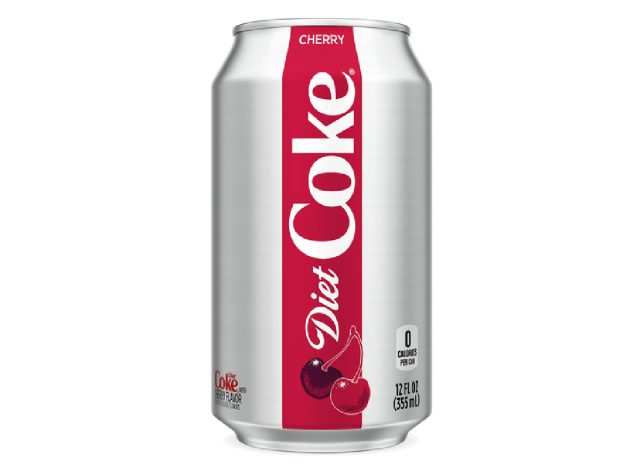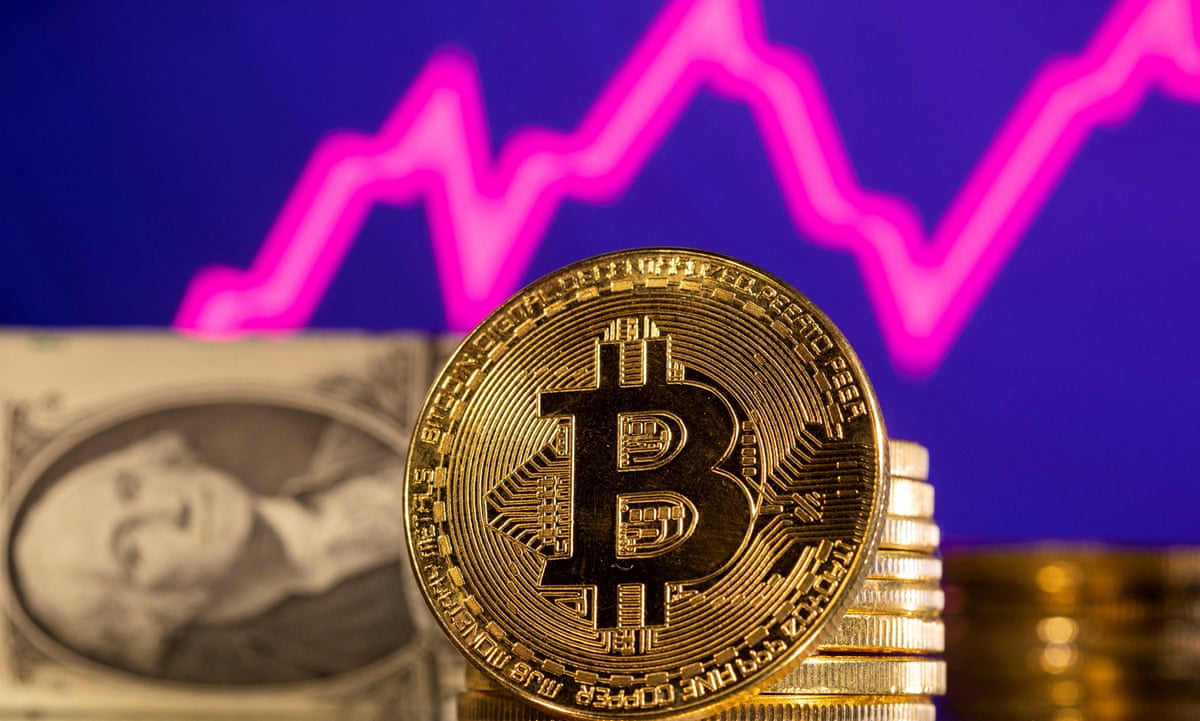Tattoo Market to Reach USD 3.9 Billion by 2029 | Industry Expected to Grow at a 9.43% CAGR
In 2021 and 2022, the size of the worldwide tattoo market was estimated to be USD 1.75 billion and USD 1.89 billion, respectively. By 2030, it is anticipated to reach USD 3.9 billion, growing at a CAGR of 9.43%. The market is expected to develop because to tattoos’ expanding popularity in the fashion and entertainment sectors. This was stated in the report “Global Tattoo Market, 2022-2030”
History
The popularity of tattoos has increased significantly since the 1970s, but more suddenly in the last 15 to 20 years. In 2012, 21% of persons reported having tattoos; in 2019, that number rose to 30%. at the past 20 years, tattoos have become more widely accepted at places of worship, educational institutions, and the workplace. Companies like Disney, UPS, and Bank of America have loosened their policies on visible tattoos, and the stigma attached to these permanent tattos has essentially disappeared in many fields. The American Red Cross changed its donor eligibility requirements in 2020 to make it simpler for those with tattoos to donate blood. In 2022, the U.S. Army loosened its regulations by speeding up the processing of new recruits with tattoos and allowing current soldiers to get them in greater numbers than before. Important companies, like Celebrity INK, will certainly make investments in new product processes and business models in an effort to grow their customer base. The major players are making significant investments in machine technology in an effort to provide effective, sustainable, and organic ink supplies to provide safe tattooing methods.
The US tattoo industry’s trends from 2018 through 2023
Revenue for tattoo artists has increased over the past five years at a CAGR of 2.4%, including 4.6% in 2023, reaching $1.6 billion, with profit making up 9.9% of revenue. The COVID-19 closed the doors of tattoo parlors. In order to slow the spread of the virus, temporary closures or limits were placed by the government on tattoo parlors. Tattoo artists suffered a considerable loss of income as a result of closures and limitations. Many relied on in-person services and found it difficult to make the switch to remote work. During the epidemic, tattoo preferences among consumers altered, with more people choosing smaller, more delicate tattoos.
An increase in the number of body art and piercing-related educational institutions would boost product demand
The increasing use of 3D services by young people to improve their physical appearance has significantly increased demand for the good. Additionally, the rising number of body art & piercing-related educational institutions and the expanding number of tattooing specialists with experience in providing high-fashion services have significantly boosted the market’s current state across the globe. Profit maximization is therefore ensured. While this is going on, the significant risk of allergies and skin infections could restrain the expansion of the worldwide tattoo industry.
The COVID-19 Effect
- Tattoo parlors and parlor closures hinder market expansion
- The COVID-19 epidemic is clearly having an influence on the world economy. During the early stages of the pandemic, the market suffered a major loss as a result of the closure of parlors and tattoo studios. Additionally, in order to maintain good health and prevent physical contact,
- According to a new Pew Research Center survey released on Tuesday, nearly one-third of American adults have permanent tattoos, indicating the growing acceptance of tattoos among individuals of all sexes, colors, and political viewpoints. By 2030, it is predicted that the global tattoo market will reach a staggering $3.9 billion.
- According to the research, women are more likely than men to obtain tattoos—27% of men and 38% of women admitted to getting tattooed, including 56% of women between the ages of 18 and 29.
- The majority of Americans with tattoos are Black (39% of Black Americans), whereas the majority of Americans of Asian heritage (14% of Asian Americans) and Hispanic (35% of Hispanics and 32% of Whites) have tattoos.
- Nearly two-thirds of the respondents with tattoos (69%) said they got it to commemorate or honor someone or something; this was followed by 47% who said their tattoos express their values; and 32% who believed it improved their appearance.
- Similarly, according to Allied Market Research, the global tattoo removal market, which was estimated to be worth $478 million in 2019, might reach $795 million by 2027.
Important industry developments: The American tattoo skincare company Mad Rabbit received USD 4 million in February 2022 to increase its retail presence and broaden its product line.
Growing Celebrity Endorsement Fosters Market Growth in Europe: Due to an increase in celebrity sponsorships in the region, the European market, which has a sizable worldwide tattoo market share, is anticipated to dominate the industry over the forecasted period.
Due to the rise in consumer awareness of body art, which has fueled the expansion of the business, Asia Pacific has projected considerable growth during the projection period.
Due to the growing tattoo culture among young people in the Middle East and Africa, which may help the region’s development, the industry is anticipated to experience considerable growth.
Read Related Insights:
Is Gold still the #1 currency in the world ? [History & Mystery of Gold]
People are looking for tattoos that represent their uniqueness and individual experiences, which has increased demand for talented tattoo artists who can produce custom designs. This has encouraged the growth of tattoo parlors and studios all over the world. The development of technology has also had a significant effect. Customers can now receive tattoos that are safer, more accurate, and less painful thanks to upgraded tattooing equipment like cutting-edge machines and premium pigments. The development of laser tattoo removal technology has also contributed to the market’s growth because it gives those who wish to change or get rid of existing tattoos a choice.
Visit our website to read more fascinating articles and subscribe to our channel to view compelling videos that are informative.





One thought on “Tattoo Market to Reach USD 3.9 Billion by 2029 | Industry Expected to Grow at a 9.43% CAGR”